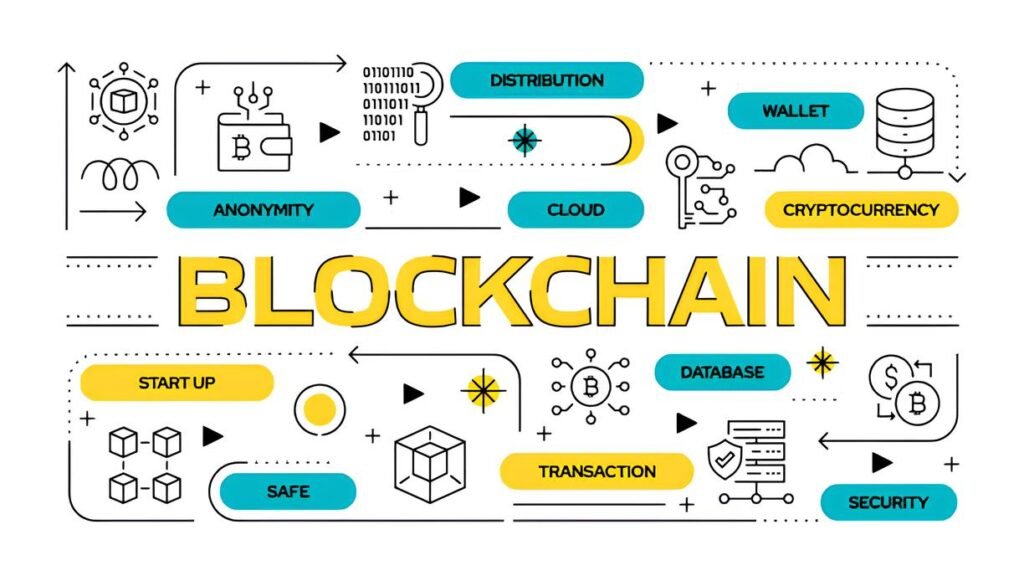Imagine entering a bustling virtual bazaar where every transaction carries risk—the constant fear of losing funds to a dishonest party lingers in the air. For years, dark web marketplaces have faced this challenge head-on, wrestling with the delicate balance between trust and anonymity.
In a realm where pseudonyms mask identities and enforcement is nearly non-existent, how can buyers and sellers ensure their trades are safe? The answer lies in an evolving technology that is quietly reshaping the underground economy: multi-signature escrow systems.
In This Article
Escrow Challenges in Darknet Marketplaces
Dark web marketplaces operate in a murky landscape where trust is fragile. Typically, these platforms use centralized escrow systems to protect buyers from scams while assuring sellers that payments are secure. However, this approach has its drawbacks.
Centralized escrow means the marketplace acts as a trusted intermediary. While this seems convenient, it creates a significant vulnerability: a single point of failure. Marketplace administrators can abscond with funds, or they may arbitrarily freeze transactions under pressure or suspicion.
Furthermore, if the marketplace is shut down for law enforcement action or technical issues, funds held in escrow may be trapped indefinitely—and users have limited recourse in a pseudonymous ecosystem. The risk profile thus remains high, deterring participation and driving users toward riskier, unescrowed trades.
What Are Multi-Signature Wallets?
Multi-signature (multi-sig) wallets — originally designed to enhance crypto security — require multiple cryptographic signatures from different people or devices before a transaction can proceed. This means no single party controls the funds alone.
For example, a 2-of-3 multi-sig wallet setup may require signatures from the buyer, the seller, and an escrow arbitrator. Funds can only be moved if any two parties agree, drastically reducing unilateral seizure or theft.
This technology leverages Bitcoin and other blockchain features, offering transparency and accountability while preserving the pseudonymity essential to darknet users.
Why Multi-Sig Escrow Is Gaining Traction
Adopting multi-sig escrow brings multiple advantages that resolve longstanding pain points in darknet trade:
- Decentralized control: No single party can run off with funds, minimizing exit scams.
- Reduced trust dependency: Buyers and sellers don’t have to blindly trust the marketplace or arbitrator.
- Faster dispute resolution: Since transactions need multiple approvals, disputes can be mediated with predefined rules supported on-chain.
- Transparency: All movements of funds are recorded on the blockchain, providing visible proof without revealing identities.
- Improved anonymity: Unlike centralized escrow wallets, multi-sig setups decentralize the risk footprint and can reduce blockchain heuristics tied to single custodians.
With these benefits, many darknet platforms and users see multi-sig escrow as a natural progression in securing trustless commerce.
If you’re diving deeper into crypto safety on the darknet, understanding multi-signature wallets and privacy will give you a significant edge.
Real-World Cases of Multi-Sig in Dark Markets
Some of the more prominent dark web marketplaces have already experimented with or fully adopted multi-sig escrow solutions.
For instance, the now-defunct AlphaBay was an early experimenter, offering multi-sig escrow options that allowed the buyer and seller to co-sign transactions, with a trusted moderator stepping in only to resolve disputes. This design drastically cut down cases of fraud and arbitrage interference.
Other marketplaces like WhiteHouse Market further refined this system by integrating multi-sig wallets with smart contracts and automated dispute mechanisms. Sellers liked that their funds were never “held hostage” by the site admins, and buyers felt safer knowing nobody had total control over their deposits.
These implementations showed how reducing trust in any centralized point can lower both financial risks and legal liabilities for platform operators. It’s becoming a blueprint for the next generation of darknet trading hubs.
Potential Hurdles and Risks
Despite its promise, multi-sig escrow is not without challenges. Setting up and managing multi-signature wallets is inherently more complex than traditional escrow. Users must understand how to create and co-manage multi-sig wallets securely.
Furthermore, dispute resolution still requires a trusted moderator, often chosen by the marketplace or the parties involved. If those arbitrators compromise their neutrality or security, funds may be stuck or unfairly released.
Technical risks also abound. Varying wallet software, key management errors, or lost keys can threaten access to locked funds. The irreversibility of blockchain transactions means a single mistake can be costly.
Lastly, law enforcement and blockchain analysis continue to evolve in sophistication. While multi-sig escrow reduces centralized points of seizure, the blockchain footprints these transactions leave may still be subject to forensic examination—highlighting the importance of complementary operational security tools and strategies.
Always ensure your multi-sig setup uses secure, audited software. Avoid rushing into multi-sig escrow without fully understanding key management or dispute processes.
Looking Ahead: The Future of Dark Market Transactions
As technology and anonymity concerns grow, darknet marketplaces are likely to embrace multi-sig escrow systems more widely. These wallets’ ability to distribute risk, increase security, and foster trust fits perfectly with the ethos of decentralized and trust-minimized commerce.
However, seamless adoption will depend on education and better user experience designs—making multi-signature wallets more accessible to non-expert users. Together with the rise of privacy-first cryptocurrency tools and a continuous learning curve on operational security, the dark web’s underground economy could reach new heights of resilience.
For those curious to explore secure cryptocurrency management beyond marketplaces, resources explaining how to build a digital pseudonym or guides on remaining anonymous on the darknet offer critical insights that complement multi-sig escrow savvy.
In the end, multi-sig escrow doesn’t just represent a technical upgrade—it signals a subtle cultural shift in darknet commerce. By sharing control of funds, buyers and sellers signal mutual respect and a desire for fairness, even in an environment built for anonymity.




Pingback: Emerging Cryptocurrency Privacy Standards on the Dark Web | Torutopia
Pingback: Why Trustless Escrow Is Revolutionizing Darknet Payments | Torutopia